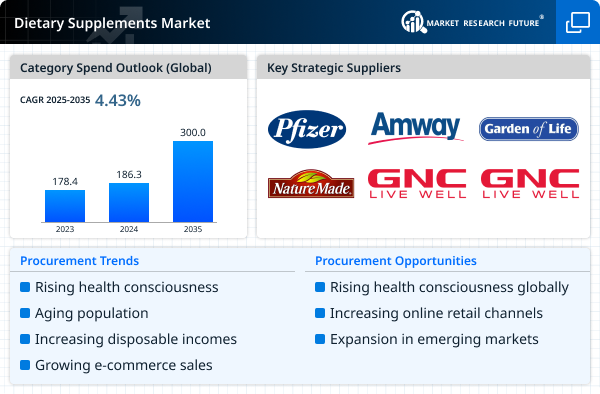Market Analysis
In-depth Analysis of Volt VAR Management Market Industry Landscape
The Volt/VAR Management Market is driven by the need to reduce transmission and distribution (T&D) losses, decrease operational costs, rising power demand, and distributed energy production complexity. Most hardware-software Volt/VAR systems are used in North America. Laws and incentives that assist organizations conserve energy throughout the system and decrease peak demand will boost the Volt/VAR Management Market. Modern electricity lines are becoming more complex and using more green energy. This is a major market driver. Volt/VAR Management technologies are crucial for power grid voltage and reactive power regulation. As the power system adapts to distant energy supplies, electric automobiles, and shifting energy demand, Volt/VAR Management solutions become increasingly prevalent. These systems ensure power distribution efficiency and reliability. New technology is improving grid management choices, transforming the Volt/VAR Management business. Research and development aim to make Volt/VAR Management tools smarter and more capable. Advanced formulae, real-time analytics, and communication technology make these systems complicated. Based on grid changes, utilities may adjust voltage and reactive power levels before they happen. Renewable energy sources like solar and wind power are affecting Volt/VAR Management. Renewable energy output is variable and intermittant, making grid stability difficult. Volt/VAR Management systems correct these issues by dynamically adjusting voltage and reactive power to match green energy demand. Good Volt/VAR management becomes increasingly crucial when green energy is employed to generate electricity. Volt/VAR Management is growing because electric firms aim to stabilize the system and reduce energy waste. By optimizing voltage and reactive power, these systems reduce line losses and improve grid efficiency. The utilities demand more robust and efficient electricity delivery networks. Volt/VAR Management is crucial to their strategies to ensure clients always have energy. Smart grids and advanced metering infrastructure (AMI) accelerate the Volt/VAR Management business. Grid devices, monitors, and control systems may communicate and exchange data in real time using smart grid technology. Volt/VAR Management systems leverage smart grid data to make better, quicker choices. This boosts power delivery network efficiency and response time. Growing need for energy efficiency and ecological alters markets. Volt/VAR Management technologies reduce energy waste, improve grid performance, and reduce environmental impact. Volt/VAR Management technologies may improve energy efficiency and sustainability for environmentally conscious enterprises. Volt/VAR Management is affected by electric vehicles and EVs. Electric vehicles are becoming more popular, causing power grid issues. More EV charging stations and loads must be handled. Volt/VAR Management technologies improve grid performance for electric vehicle charging. This ensures grid stability while adding EVs. Competition from new technology, agreements, and industry consolidation shapes the Volt/VAR Management market. Energy management and grid solution companies collaborate to bring Volt/VAR Management to bigger grid management systems. When corporations combine or purchase, they share resources and expertise. This allows market participants to provide entire solutions for power supply and utility enterprises' shifting demands.





Leave a Comment